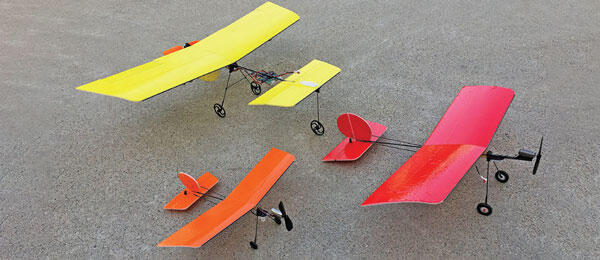Written by Joe Malinchak
Micro-Flying
Column
As seen in the May 2017 issue of Model Aviation.
Image

Image

Image

Image

Image

Image











Comments
Plantraco receiver
love the micro size, any video to see it in flight?
my question is, do these Plantraco actuators come with the hinge or is this modified?
the issue with actuators is you get a single A to B travel, this might be enough for micro sized planes im assuming or any way to expand the travel to say A to B to C?
Add new comment